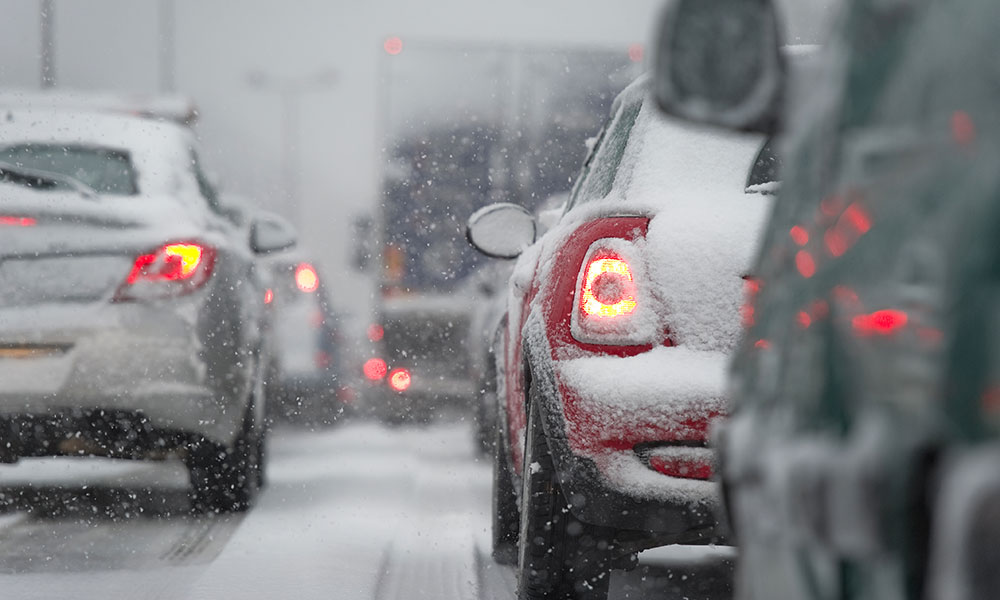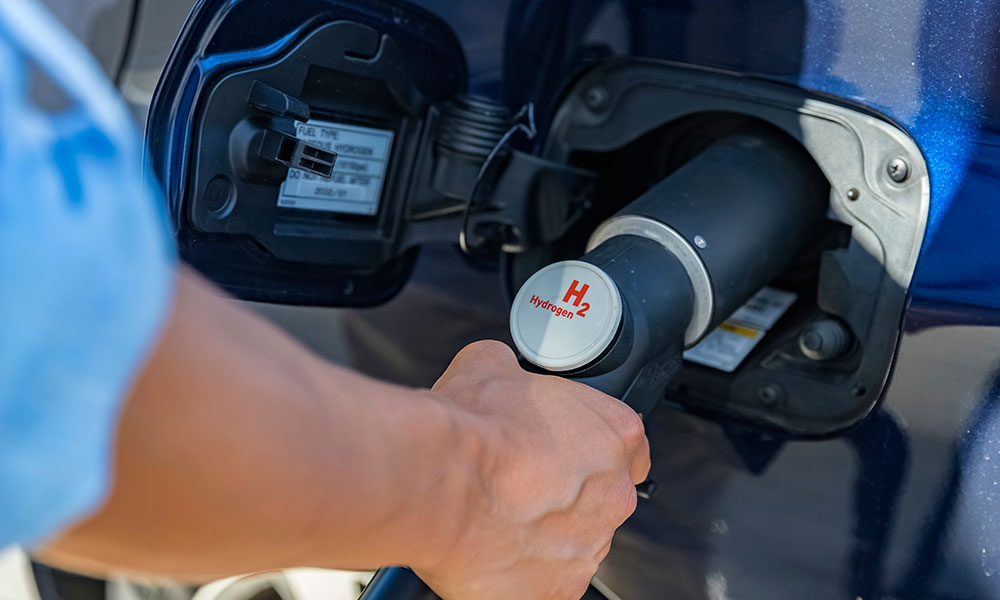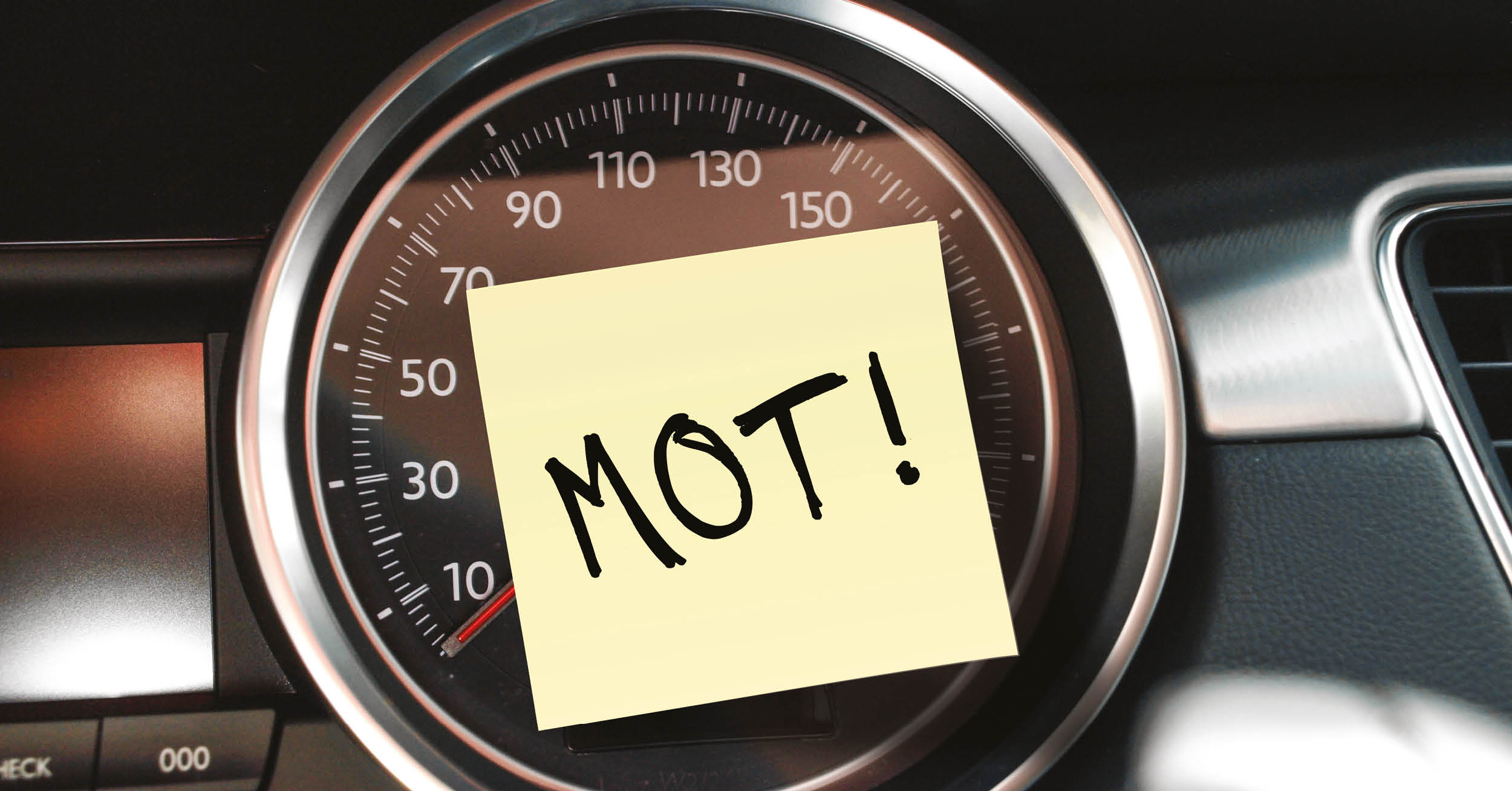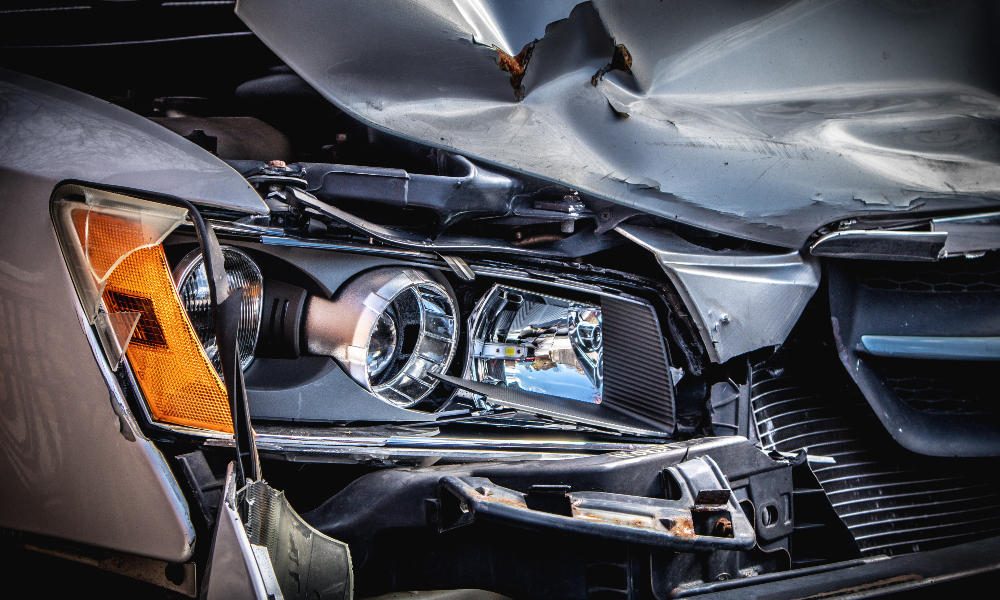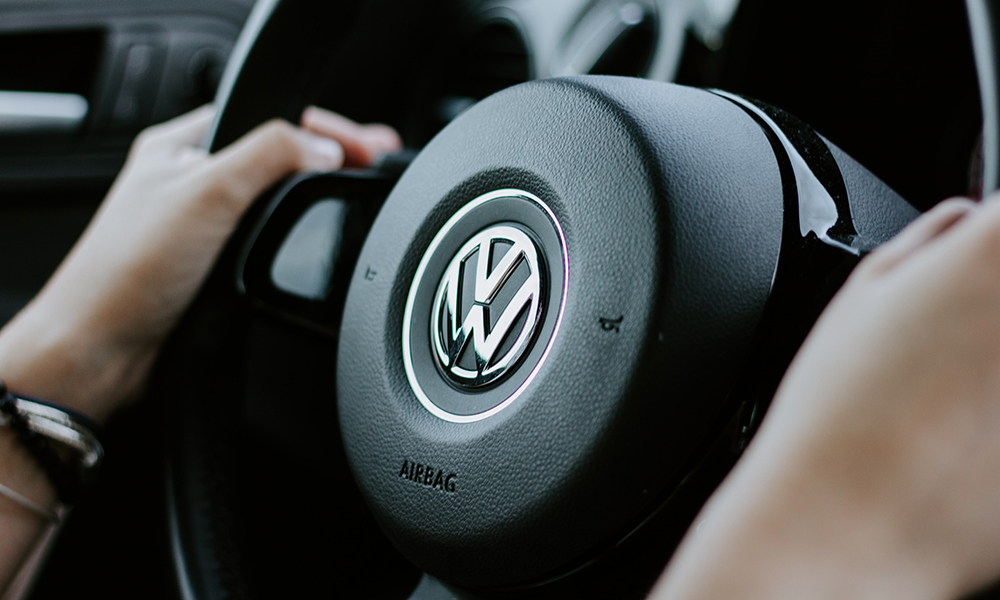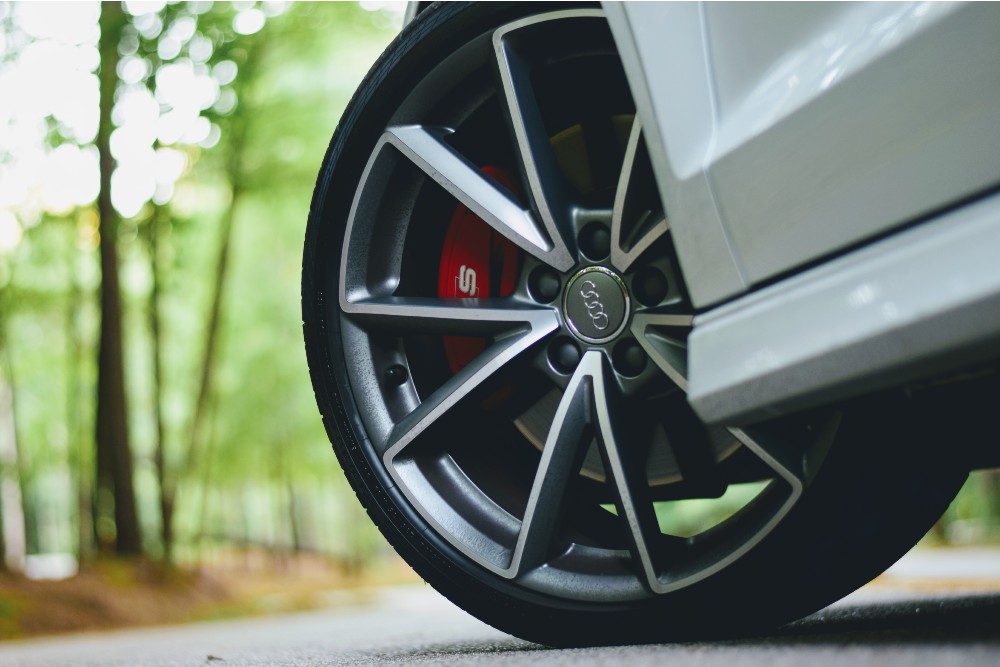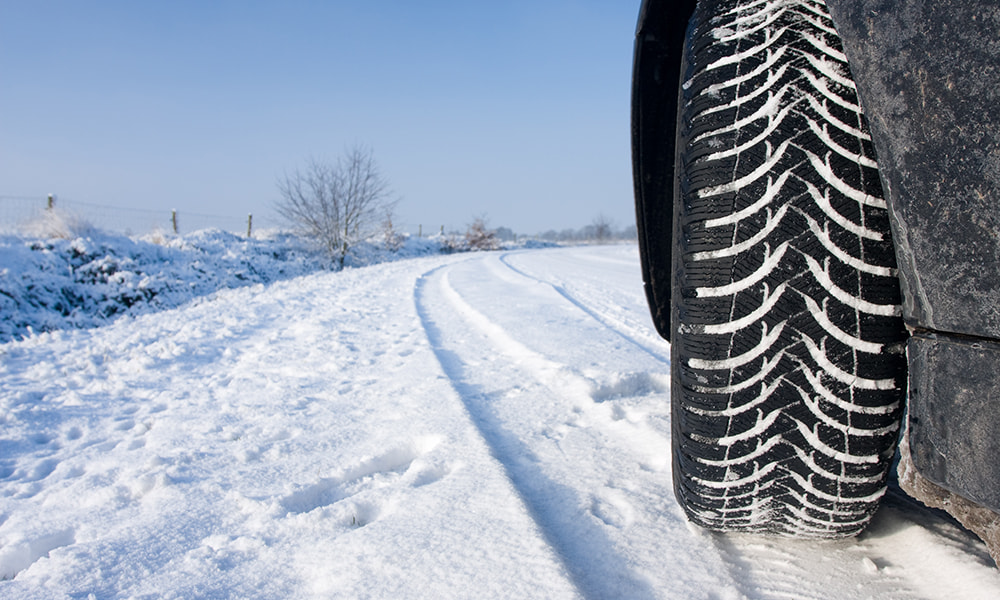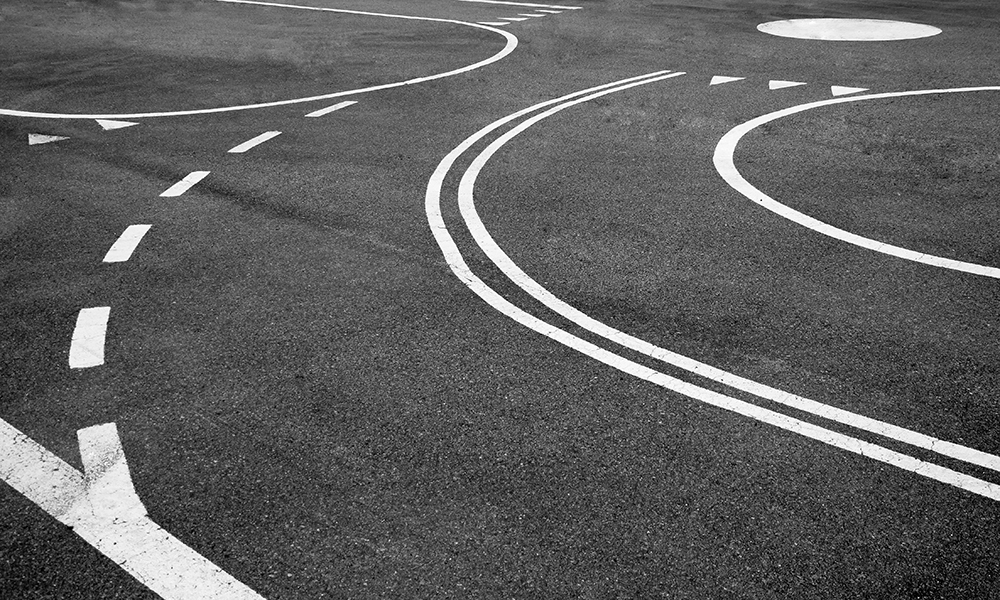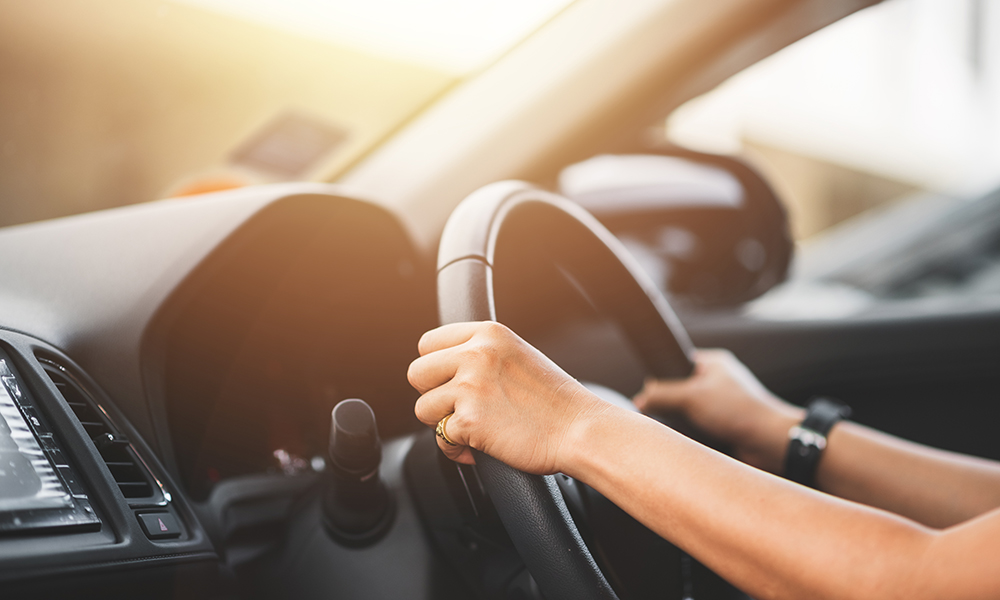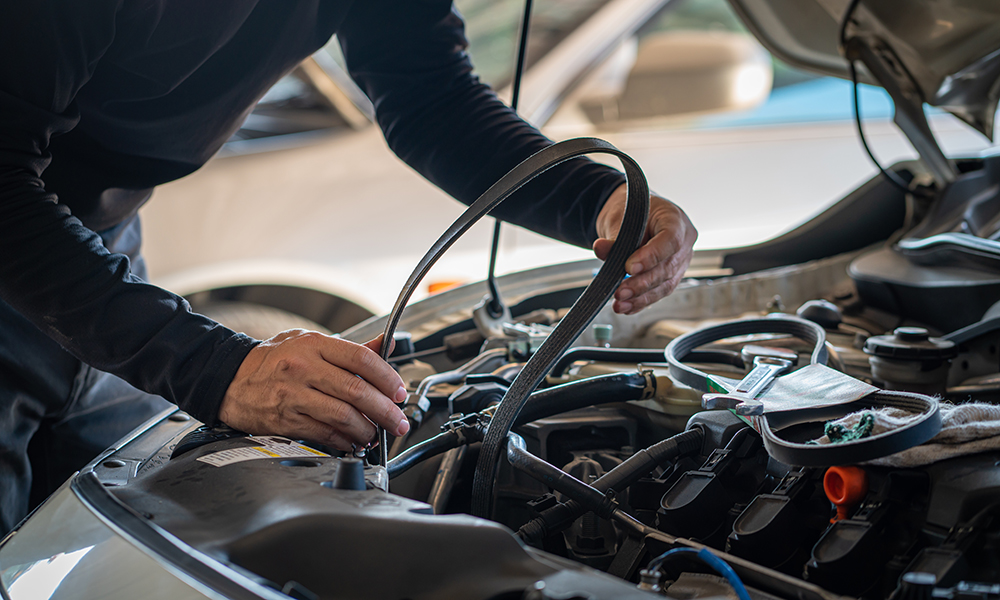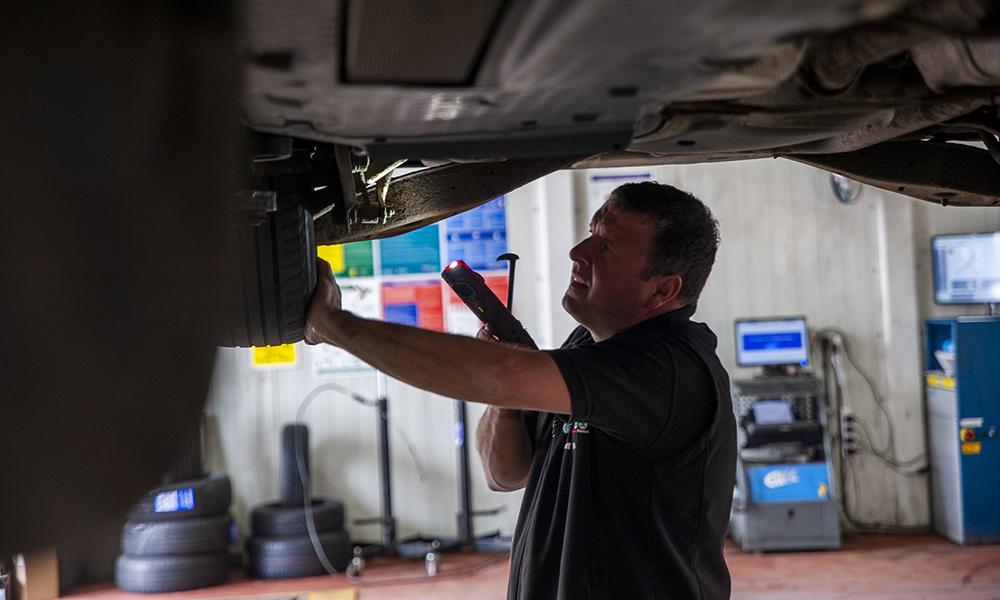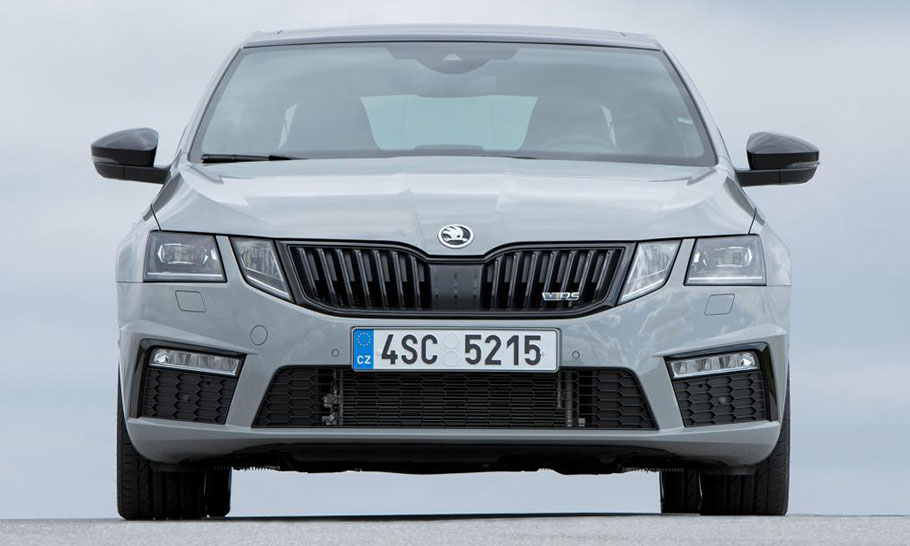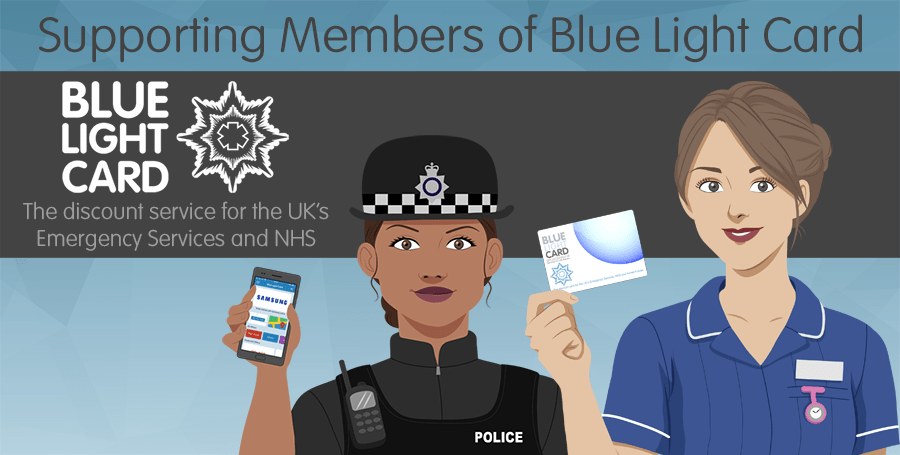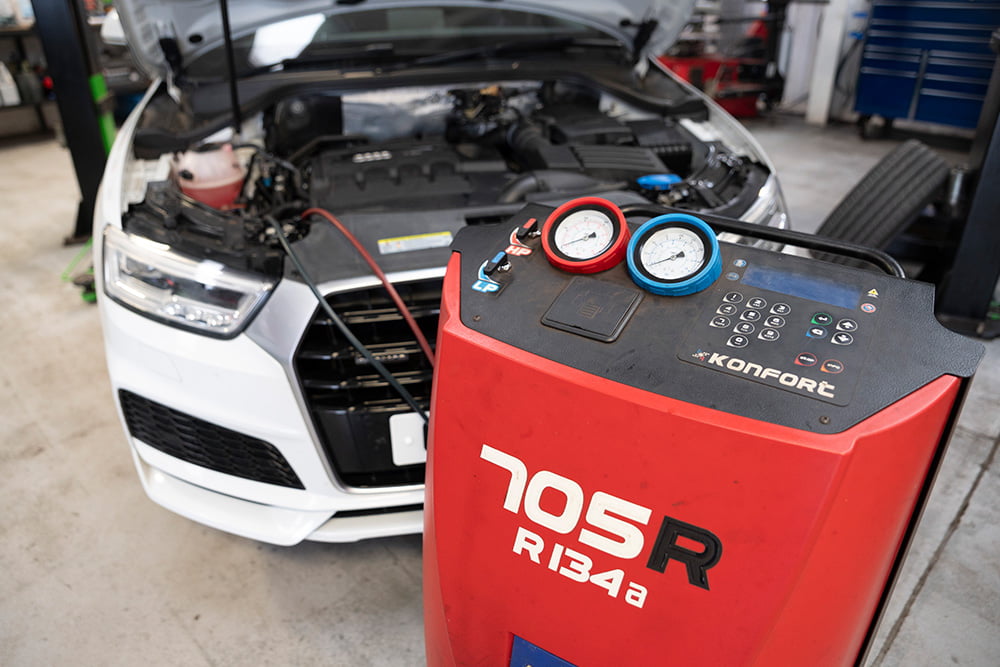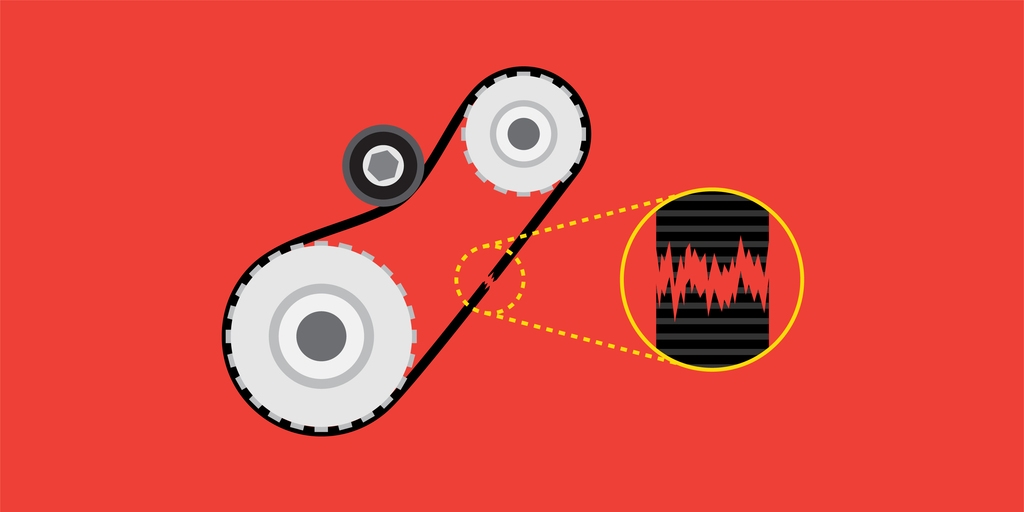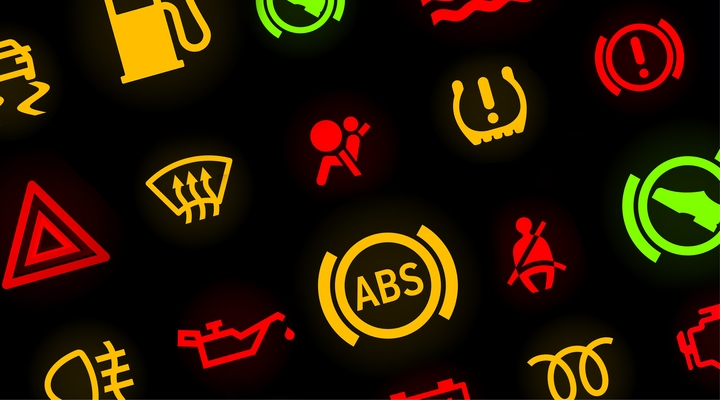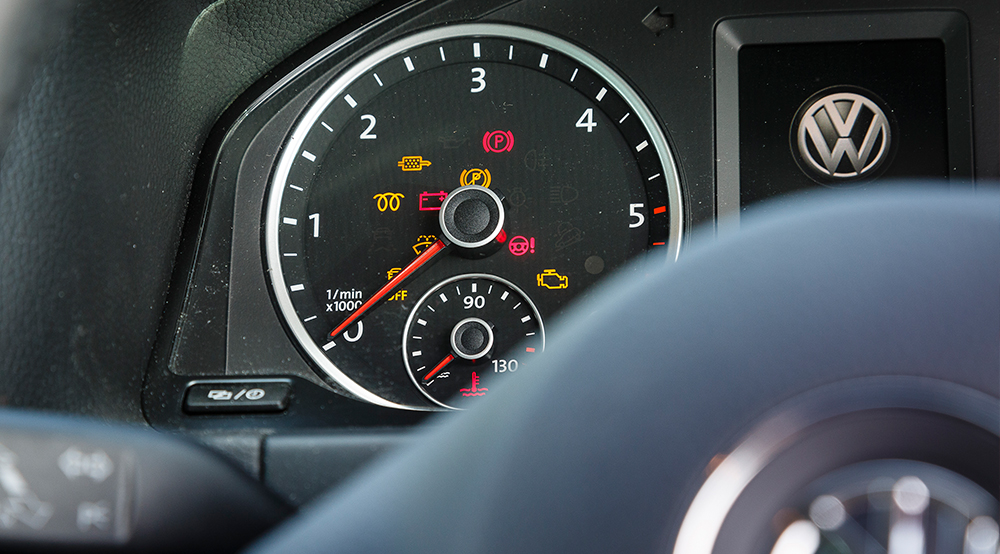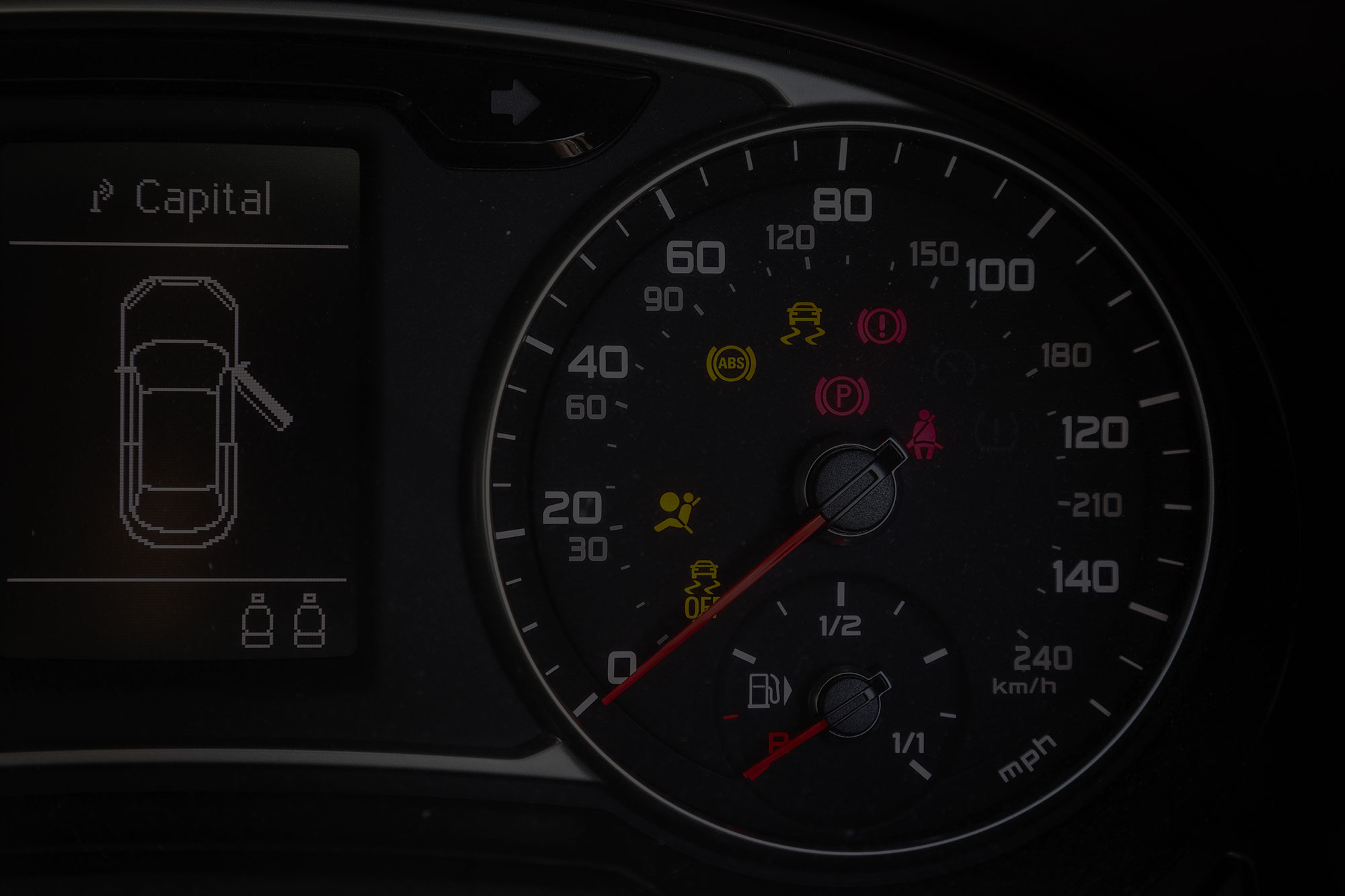Changes to The Highway Code you should be aware of

Following parliamentary approval, the UK’s highway code is set to undergo a handful of changes later this month.
The big change is the introduction of the Hierarchy of Road Users. This will prioritise users on the road (such as cyclists and pedestrians) based on their vulnerability. In short, drivers of larger vehicles stand to inherit more responsibility when driving on our roads.
The changes are set to change on the 29th of January 2022, bringing with it eight new rules and 49 updates to existing ones.
What is The Highway Code?
The highway code is a set of rules, advice and guidance that informs road users in the UK how best to travel and act accordingly when travelling. Officially created in 1930 but traced back ten years earlier, The Highway Code serves to maintain a standardised and uniform set of rules and signals that can be used to keep traffic safe.
Applicable to all road users, including pedestrians, horse riders, cyclists and motorcyclists, the highway code provides information on road signs and markings, vehicle markings and road safety. With sections covering topics such as vehicle maintenance, penalties, licence requirements and documentation, and vehicle security, it serves as a bank of helpful information as much as it does a set of rules.
How often does The Highway Code change?
In the same way that The Highway Code was introduced as part of the Road Traffic Act 1930, changes to today’s Highway Code have their roots in legislation passed by parliament. While there isn’t a set date or term for the revision of the road usage, if the UK government decides to pass a law affecting road users, the Highway Code will be updated.
As you can see from here, the change that will come into effect in January isn’t a one-off, but instead part of a series of amends and tweaks, to keep up to date with technology, address trends in road usage and increase safety for users.
The more significant changes to The Highway Code often coincide with big infrastructure changes, describing how best to drive safely with new road types or users. For example, trams were removed from the booklet in 1954 (but were reintroduced in 1994), motorway driving was added in the late fifties, and 1978 saw the introduction of the Green Cross Code for pedestrians and orange badges for those with disabilities.
What are the changes to The Highway Code being introduced in January 2022?
The most significant change to everyday road use will be the introduction of road hierarchies, split into three rules, H1, H2 & H3.
Rule H1- Road user hierarchy
The first new rule in the hierarchy states that drivers of larger vehicles shoulder more responsibility when looking after vulnerable members of the road. As the proposal states:
“Those in charge of vehicles that can cause the greatest harm in the event of a collision bear the greatest responsibility to take care and reduce the danger they pose to others. This principle applies most strongly to drivers of large goods and passenger vehicles, vans/minibuses, cars/taxis and motorcycles.”
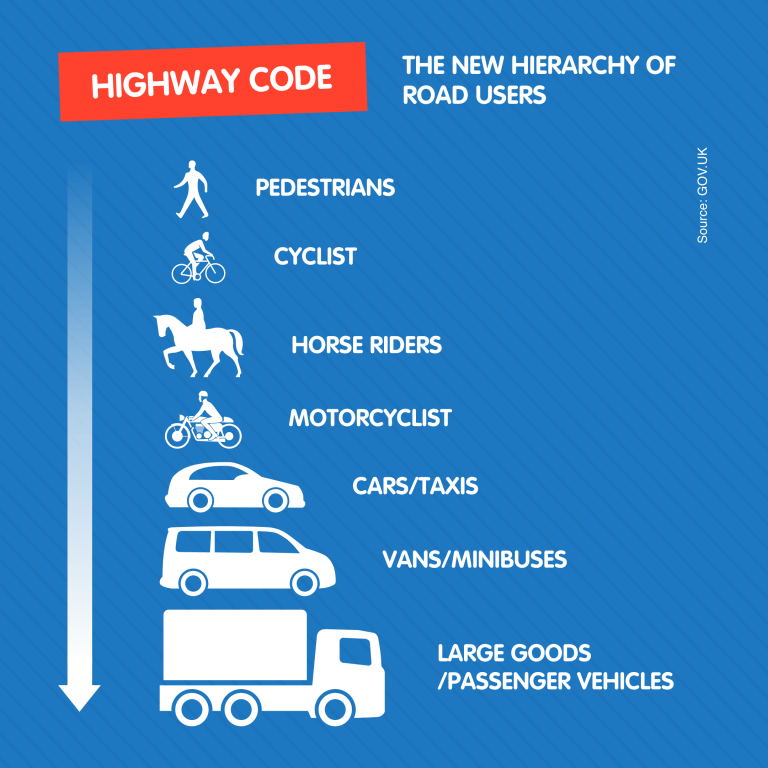
The duty of responsibility travels downward, so while an HGV would bear the responsibility for an incident with a car and the same for a vehicle with a bicyclist, Rule H1 states that cyclists and horse riders have the same obligation in regards to looking after pedestrians. It’s also essential that you don’t put yourself in harm’s way as you also have to ensure your own safety.
Rule H2 – Pedestrians take priority
Rule H2 is addressed to all road users and regards the priority pedestrians should be given when using the road. The rule states that if you, as a driver, are turning into a road while a pedestrian is waiting to cross that road, the pedestrian would have the right of way.
Likewise, cyclists have to give way to pedestrians on shared tracks; in this instance, pedestrians also include people using wheelchairs or mobility scooters. To clarify the shared space ruling, The Highway Code states that bicycles shouldn’t be ridden on the pavement.
Rule H2 stresses that drivers must give way to pedestrians and cyclists on a parallel crossing and should give way to them when they’re waiting to cross. The same goes for pedestrians on zebra crossings.
Rule H3 – Giving way to road users
Similar to Rule H2, H3 states drivers shouldn’t cut across cyclists, horse riders or horse-drawn vehicles who are going ahead when they’re turning in or out of a junction, changing direction or lane. In essence, you shouldn’t turn at a junction if doing so would cause a cyclist or horse rider to stop or swerve.
Instead, the advice is to wait for a safe gap before turning in, just as you wouldn’t turn across the path of an oncoming car. This applies to whether cyclists are using a cycle lane, a cycle track or riding ahead on the road.
Are there any other changes to The Highway Code you should be aware of?
The new changes to The Highway Code also include a number of other rules, which can be summarised as follows.
Overtaking
- The new Highway Code changes state that when overtaking cyclists at 30mph, you should give them at least 1.5 metres but increase the space when overtaking at greater speeds.
- When passing horse riders and horse-drawn vehicles, you should do it at speeds under 10mph and allow 2 metres of space.
- If you encounter a pedestrian walking on the road (due to a lack of pavement), allow at least 2 metres and keep to a low speed when passing.
- Take extra care if you’re overtaking road users, including pedestrians, in bad weather or at night.
- If you’re unable to make any of these clearances when overtaking either a horse rider/horse-drawn carriage, a cyclist, or a motorcyclist, then you should wait until you’re able to overtake safely, with the adequate clearance.
Giving priority
- If you’re behind another road user at a roundabout, you shouldn’t cut across them if you’re going ahead and if you’re turning left, stay behind them.
- Remain behind road users at a junction, even if they’re at the edge of the kerb.
Signalling
- When at a roundabout, road users other than vehicles should stay left and indicate with their right when they aim to stay on the roundabout.
- Drivers shouldn’t attempt to overtake road users when travelling straight ahead.
You can read a more comprehensive list of the amended rules here, but the latest changes shouldn’t be difficult to take on board for most drivers and will soon become part of everyday driving.
You can contact your local Vasstech garage for additional advice and information, whether it’s regarding the Highway Code or anything else!











